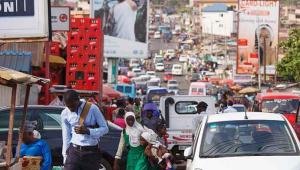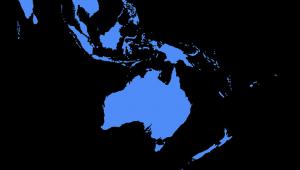The bank and Mongolia’s National Statistical Office examined household income, expenditure and living standards using an international standard poverty methodology.
Their findings showed that, although the poverty rate fell by 5.8 percentage points between 2012 and 2014, the pace was slow compared to the 2010 and 2012 period when it dropped by more than 11 percentage points.
James Anderson, the World Bank’s representative to Mongolia, said: “One of the goals of the World Bank Group is to end extreme poverty and we are glad to see that Mongolia is making progress, reducing the poverty rate to 21.6%.
“We are very encouraged that the pace of poverty reduction in Mongolia remains high by international standards. At the same time, the fact that one in five people lives in poverty serves as a reminder that many people are still vulnerable.”
Rural areas saw the fastest poverty decline, dropping by 9 percentage points and accounted for more than half the reduction in poverty rate between 2012 and 2014. This reduction in poverty was because of continued growth in livestock incomes in the Highland regions especially, which benefited from government funds under the livestock incentives schemes. It contributed to 44% of the poverty reduction in Mongolia.
Poverty reduction was slower in urban areas, however, pensions, real wages and non-farm employment contributed to the poverty reduction between 2012 and 2014.








